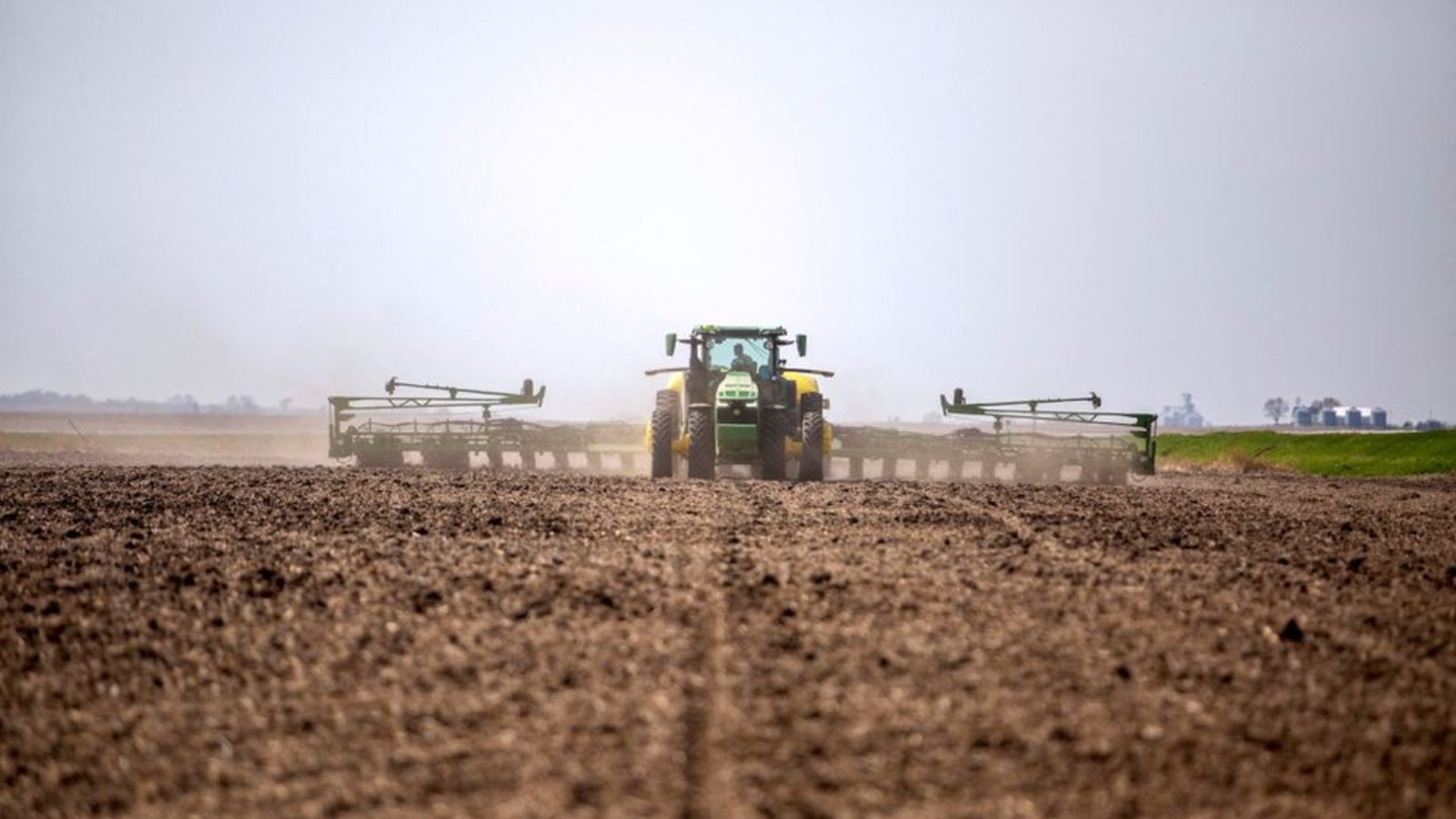Farming has come a long way since the advent of agriculture more than 10,000 years ago. Today, farmers are harnessing the power of technology to increase efficiency, productivity, and sustainability. Smart Farming, or precision agriculture, is a modern farming concept that uses technology to optimize crop yields, reduce labor costs, and improve environmental management. This blog investigates the most recent advances in Smart Farming, including the applications of Azure IoT Hub and MQTT in agriculture.
Smart Farming Technologies
Smart Farming technologies are transforming the agriculture industry by providing farmers with real-time data and insights about their crops, livestock, and soil. Sensors and IoT devices are used to collect data on soil moisture, temperature, and nutrient levels. Robotics and automation are used to streamline planting, harvesting, and other labor-intensive tasks. Drones and remote sensing are used to monitor crops, detect pests, and assess crop health. Machine learning and artificial intelligence are used to analyze data and make predictions about crop yields, weather patterns, and market demand.
Benefits of Smart Farming
Smart Farming offers numerous benefits for farmers, consumers, and the environment. Increased efficiency and productivity lead to higher crop yields and quality. Enhanced environmental management leads to improved sustainability and reduced environmental impact. Automation reduces labor costs and increases safety, while also reducing the need for chemical inputs. In addition, Smart Farming enables farmers to respond quickly to changes in market demand and weather patterns.
Case Studies of Smart Farming Implementation
Smart Farming has been implemented in various agricultural settings, including precision agriculture and soil monitoring, livestock management and health monitoring, aquaculture and fish farming, and vertical and urban farming. In precision agriculture, farmers use sensors and IoT devices to collect data on soil moisture, temperature, and nutrient levels, optimizing crop yields while minimizing environmental impact. In livestock management, farmers use IoT devices to monitor the health of their animals, track their location, and optimize their feeding and care. In aquaculture, farmers use sensors to monitor water quality and temperature, ensuring that fish are healthy and well-fed. In vertical and urban farming, farmers use robotics and automation to grow crops in a controlled environment, minimizing the need for pesticides and reducing the impact of climate change.
Challenges and Limitations of Smart Farming
While Smart Farming offers numerous benefits, its implementation has challenges and limitations. One major challenge is the high initial investment and maintenance costs associated with implementing Smart Farming technologies. Another challenge is limited access to technology and digital infrastructure, particularly in rural areas. Additionally, Smart Farming requires complex data management and analysis, which can be difficult for some farmers to navigate. Finally, there are concerns about data privacy and security, as Smart Farming involves the collection and storage of sensitive data about crops, livestock, and farmers themselves.
Azure IoT Hub and MQTT in Smart Farming
Azure IoT Hub is a cloud-based platform for managing IoT devices and data, while MQTT is a lightweight messaging protocol used to transmit data between devices. Together, these technologies can be used to enable real-time data collection, analysis, and transmission in Smart Farming applications. Azure IoT Hub allows farmers to remotely monitor their crops and livestock, while also enabling real-time analysis of environmental conditions and weather patterns. MQTT facilitates communication between IoT devices and enables them to transmit data quickly and efficiently, even in low-bandwidth environments.
Conclusion
Smart Farming represents a major opportunity for farmers to increase efficiency, productivity, and sustainability in the face of growing demand for food and other agricultural products. By embracing Smart Farming technologies like Azure IoT Hub and MQTT, farmers can access real-time data and insights that enable them to optimize crop yields, reduce labor costs, and improve environmental management. While Smart Farming has challenges and limitations, the benefits are clear, and the future of agriculture is sure to be shaped by these innovative technologies.
FAQs
Q: How does Azure IoT Hub and MQTT fit into Smart Farming?
A: Azure IoT Hub and MQTT are used in Smart Farming applications to enable real-time data collection, analysis, and transmission, allowing farmers to remotely monitor their crops and livestock, while also enabling real-time analysis of environmental conditions and weather patterns.
Q: What kind of data can Smart Farming technologies collect?
A: Smart Farming technologies can collect a wide range of data, including soil moisture, temperature, and nutrient levels; weather patterns and environmental conditions; crop growth rates and health; livestock location and health; and water quality and temperature in aquaculture.
Q: How does Smart Farming help to improve sustainability?
A: Smart Farming helps to improve sustainability by enabling farmers to use resources more efficiently, minimizing environmental impact, and reducing waste. For example, precision agriculture technologies can help farmers to reduce fertilizer and pesticide use, while vertical and urban farming can reduce the carbon footprint associated with transportation and refrigeration.
Q: What are the potential drawbacks of relying on Smart Farming technologies?
A: Potential drawbacks of relying on Smart Farming technologies include overreliance on technology, reduced employment opportunities for traditional farming jobs, and concerns about data privacy and security.
Q: Can small-scale farmers use Smart Farming technologies?
A: Yes, Smart Farming technologies can be used by small-scale farmers, although the initial investment and maintenance costs may be prohibitive for some. There are also concerns about access to technology and digital infrastructure in rural areas, which may limit the ability of small-scale farmers to implement Smart Farming technologies.


